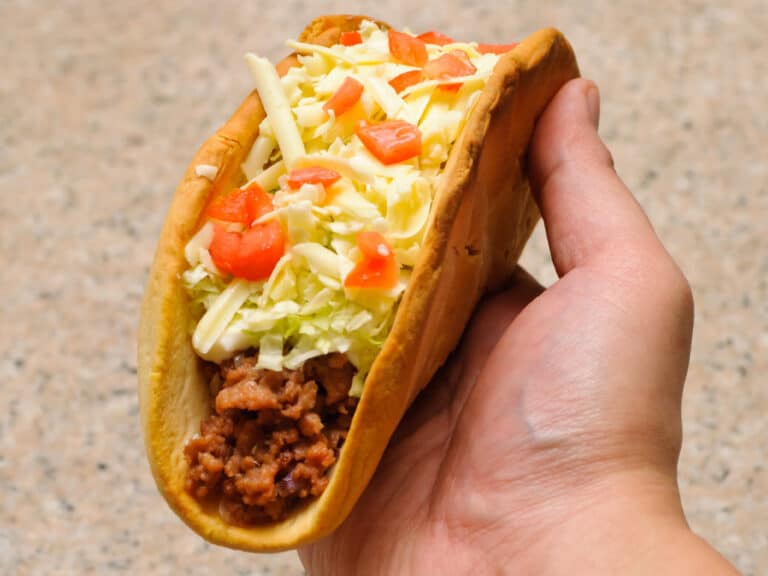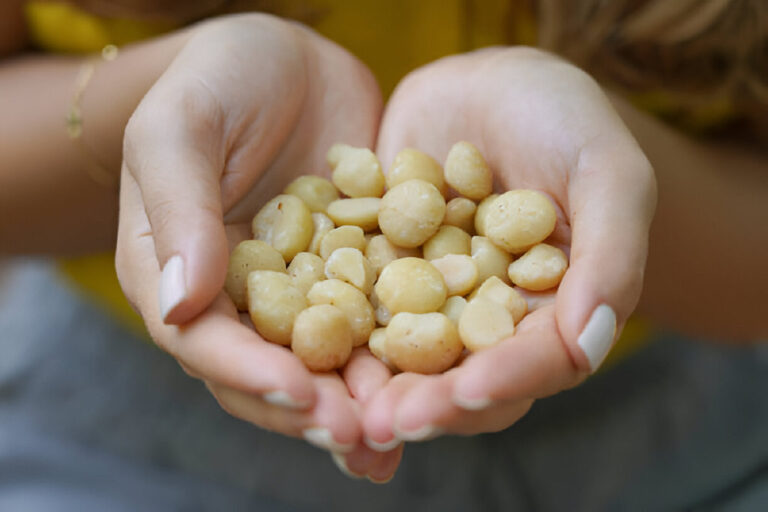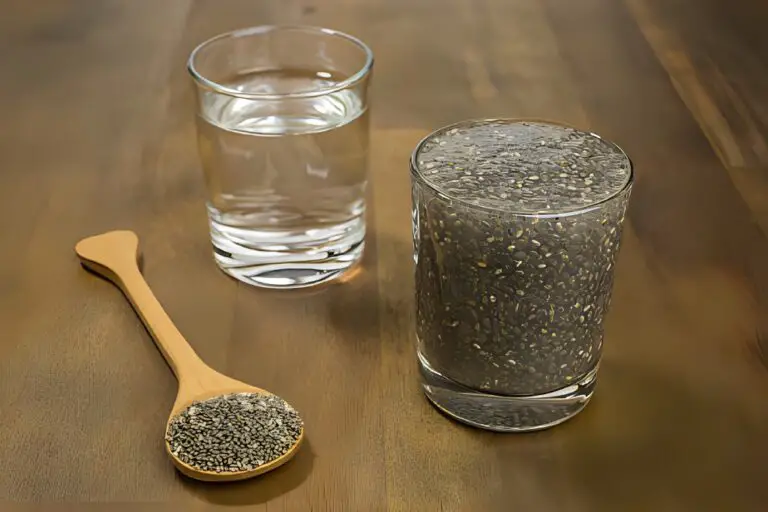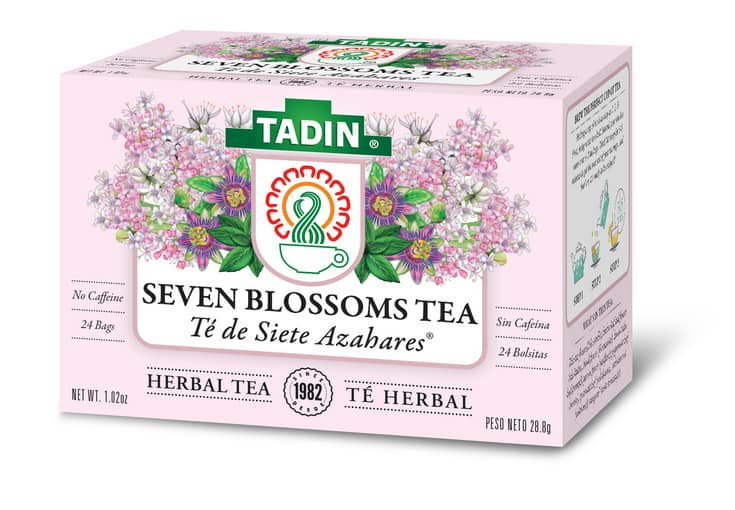Do Koreans Eat Kimchi With Everything? What Food Commonly Eaten With?

If you’ve ever tasted kimchi, then you understand why it’s so important to Korean cuisine. This fermented side dish made with Napa cabbage, radishes, and spices has a unique taste that’s hard to describe. But is it true that Koreans often eat kimchi with just about everything?
From breakfast to dinner, kimchi is a staple in the Korean diet and can be paired with a wide variety of dishes. In this article, we’ll explore the most commonly eaten foods with kimchi and how this spicy, tangy condiment adds flavor and nutrition to every meal.
Whether you’re a die-hard kimchi fan or have never tried it before, get ready to discover the endless possibilities of this beloved Korean staple.
The Culture of Eating Kimchi in Korea
People all over the world eat and enjoy kimchi, which is a staple of Korean cuisine. This traditional Korean dish is made by fermenting vegetables (most commonly cabbage) with a blend of spices and seasonings. Kimchi is known for its unique and complex flavor profile, which is both spicy and tangy.
Kimchi is more than just a dish in Korea; it’s an essential part of their culture. It is served at almost every meal and is a symbol of Korean identity. Kimchi is often made in large batches during the fall season, when red and green cabbage and other vegetables are abundant. It is then stored in large jars and consumed throughout the year.
Kimchi is so popular in Korea that it is even served on planes, in fast-food restaurants, and in school cafeterias. Koreans believe that eating kimchi daily improves digestion and boosts the immune system.
Do Koreans Eat Kimchi With Everything?
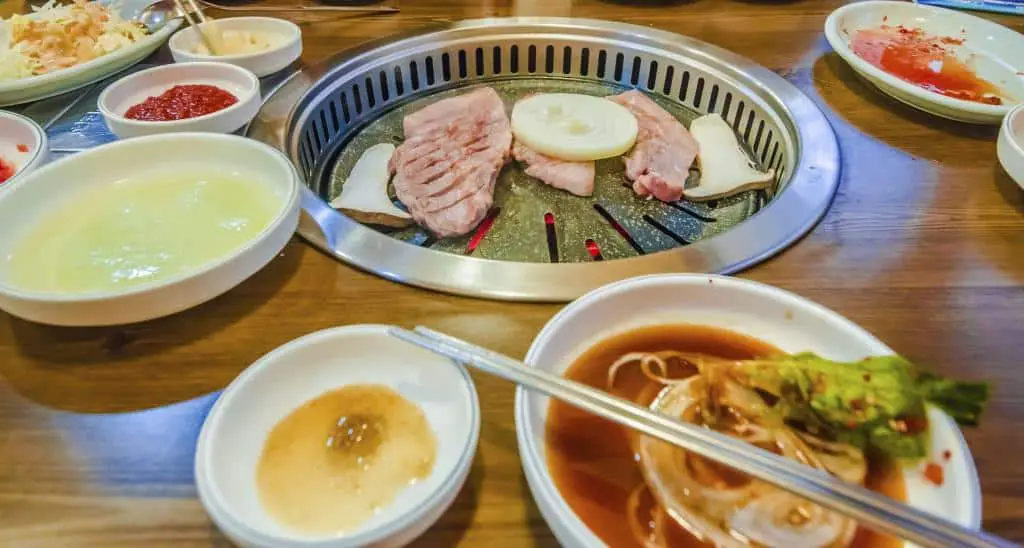
Kimchi is a staple food in Korean cuisine and is often eaten with a variety of dishes. It is a traditional Korean side dish made of fermented vegetables, such as napa cabbage or radish, mixed with spices and seasonings.
Kimchi is not only delicious but also healthy, as it is rich in vitamins, minerals, and probiotics that can aid in digestion and boost immunity. It is so popular in Korea that it is eaten with almost every meal and is seen as a symbol of Korean culture.
While kimchi is not eaten with absolutely everything, it is a common side dish that accompanies many Korean dishes, such as rice, soup, stew, and grilled meat. It is often used as a condiment to add flavor and spice to a meal, similar to how Americans might use ketchup or hot sauce. Additionally, kimchi is sometimes used as a cooking ingredient, such as in kimchi fried rice or kimchi stew.
In Korean culture, it is considered polite to offer kimchi to guests as a sign of hospitality. The popularity of kimchi has even spread beyond Korea, with many people around the world incorporating it into their diets. The versatility of kimchi means that it can be paired with a wide range of flavors and dishes.
It is worth noting that while kimchi is a popular food in Korean cuisine, it is not the only side dish that is eaten with meals. Other common Korean side dishes include pickled vegetables, stir-fried dishes, and steamed egg custard. |
What Food is Most Commonly Eaten With Kimchi?
While kimchi can be enjoyed on its own, it is most commonly eaten as a side dish or condiment with a variety of other foods. In this article, we will explore the most popular foods that are commonly eaten with kimchi.
1. Rice
Rice is a staple in Korean cuisine and is often served alongside kimchi. In fact, rice and kimchi are such a popular combination that there is even a Korean dish called “kimchi fried rice.” In order to make this dish, stir-fry rice with kimchi, vegetables, and occasionally meat or seafood. It is a quick and easy meal that is both filling and flavorful.
2. Soup
Kimchi is also commonly used as an ingredient in Korean soups. One popular dish is kimchi jjigae, a spicy and sour stew made with kimchi, tofu, and pork or beef. Another dish is doenjang jjigae, a soybean paste stew that is often made with kimchi. The sourness of the kimchi adds a depth of flavor to these soups and helps balance out the richness of the broth.
3. Noodles
Kimchi can also be enjoyed with a variety of Korean noodles, such as naengmyeon (cold buckwheat noodles) or jjajangmyeon (black bean sauce noodles). Kimchi can be added to these dishes as a condiment or used as an ingredient in the sauce. For example, kimchi jjigae can be served with noodles for a heartier meal.
Read: Pad Thai Stir Fried Noodle With Prawns and Shrimp Recipe
4. Barbecue
Korean barbecue, or “gogi-gui,” is a popular way to enjoy eating raw meat in Korea. Kimchi is often served as a side dish with barbecue, as the sourness of the kimchi helps cut through the richness of the meat. Kimchi can also be used as a wrap for the beef meat, adding a burst of flavor and texture to each bite.
5. Sandwiches and Wraps
Kimchi can be used as a flavorful and healthy addition to sandwiches and wraps. It can be paired with a variety of fillings, such as tofu, avocado, or tempeh, for a satisfying and nutritious meal. Kimchi adds a spicy and tangy flavor to the sandwich, making it a delicious and unique option.
6. Burgers
Kimchi can also be used to top burgers for a tasty and unique twist. It can be paired with beef, turkey, or veggie burgers for a flavorful and healthy meal. Kimchi adds a tangy and spicy flavor to the burger, making it a delicious and memorable meal.
7. Tacos and Quesadillas
Kimchi can be used to add a Korean twist to Mexican-inspired dishes, such as tacos and quesadillas. It can be paired with a variety of fillings, such as black beans, tofu, or tempeh, for a flavorful and healthy meal. Kimchi adds a spicy and tangy flavor to the dish, making it a delicious and unique option.
Do Koreans Really Eat Kimchi Everyday?
Kimchi is not only an important part of the Korean diet, but it is also a symbol of Korean culture. People of all ages enjoy it, and it has been a part of the Korean culinary heritage for thousands of years.
The question of whether Koreans eat kimchi with everything may seem exaggerated, but the answer is not far off. Kimchi is a versatile condiment that can be added to almost any Korean dish, from soups and stews to rice and noodles.
Koreans have a deep connection to kimchi, and it is an essential part of their daily diet. It is not only consumed as a side dish but is also used as an ingredient in various dishes. Koreans have their own traditional recipes for making kimchi, and each family has its own unique way of preparing it.
The fermentation process of kimchi adds depth to the flavor and helps preserve the vegetables for long periods, making it a go-to side dish or ingredient in Korean households.
Kimchi is not just a delicious food item but also a nutritious one. As we’ve already talked about, kimchi is full of healthy things like vitamin C, carotene, onions, garlic, ginger, and chili peppers.
During the fermentation process, probiotics are added to the kimchi, which are known to help with digestion. Some studies also suggest that kimchi may help fight inflammation and cancer, which would make it even better for your health.
Although it is a popular belief that Koreans eat kimchi with everything, this is not entirely accurate. While kimchi is a common side dish in Korean meals, it is not always served with every dish. Kimchi is generally paired with dishes that are rich and savory, such as soups, stews, and barbeques.
The sour and spicy taste of kimchi goes well with the flavors of these dishes, making them taste just right. However, it is not typically served with sweet or mild dishes, as the strong flavors of kimchi may overpower the taste of the food.
Moreover, Koreans also have their own traditional dishes that are made with kimchi as a key ingredient. Kimchi jjigae, for instance, is a popular Korean stew made with kimchi, pork, tofu, and other vegetables. The spicy and sour flavors of kimchi enhance the taste of the stew and give it a unique twist. Kimchi fried rice, kimchi pancakes, and kimchi soup are some other Korean dishes that are made with kimchi as a core ingredient.
Besides traditional Korean dishes, kimchi is also used in fusion recipes that combine Korean and other cuisines. Kimchi tacos, kimchi quesadillas, and kimchi pizza are some examples of fusion recipes that have become popular in recent years. These recipes showcase the versatility of kimchi and how it can be used to create unique and delicious dishes.
| Also see: How Do Korean Mukbangers Eat So Much Without Getting Full? |
Is Kimchi Suitable for Everyone?
While kimchi is a beloved dish in Korea, it may not be suitable for everyone. Some people may have an allergy or sensitivity to the ingredients in kimchi, such as garlic or red pepper flakes. Additionally, kimchi is a fermented food, which means that it contains live bacteria that can be beneficial for gut health. But people with certain health problems, like a weak immune system, shouldn’t eat fermented foods.
For vegans and vegetarians, it is important to note that traditional kimchi is made with fish sauce and shrimp paste. However, there are now many vegan-friendly versions of kimchi available, made without animal products. It is also possible to make vegan kimchi at home by substituting the fish sauce or shrimp paste with soy sauce or miso paste.


